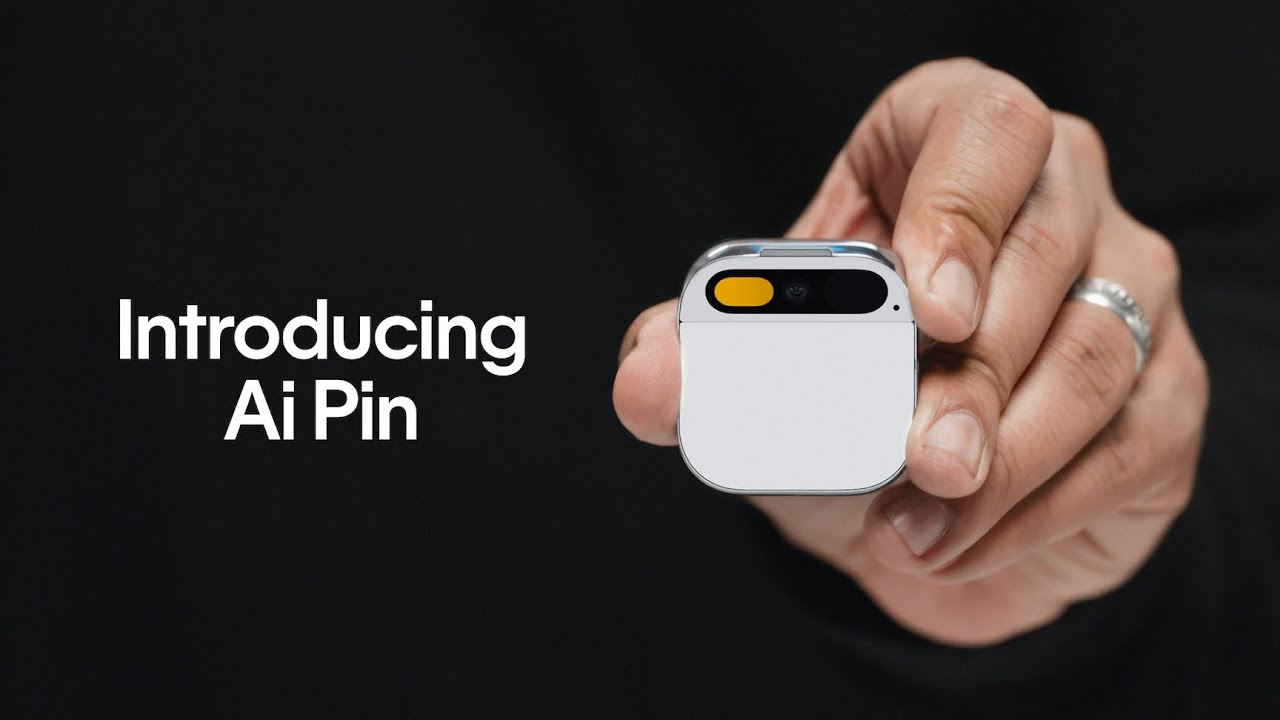The Humane AI Pin is a screenless future where AI replaces your smartphone. It sells for $699 with a $24 monthly subscription. It is wearable via a clip to clothing with voice commands, gestures, and a laser projector providing what Humane describes as “ambient computing.”
After months in real-world use with mostly negative reviews, though, one has to wonder: Is the AI Pin truly a smartphone-replacing AI or merely a pricey tech gimmick?
What’s Unique about the Humane AI Pin Compared to Your Phone
AI Pin is a complete contrast to a standard smartphone. It clamps onto a person’s shirt or jacket and has a laser projector, a touchpad, a camera, an integrated speaker system, a rechargeable cell, a 3D depth sensor, LED lights, and a microphone. Rather than being required to look down at a screen to interact with it, you talk to it or you poke at the device itself.
Distinctive features that distinguish it from others:
- Laser projector display projecting data onto your hand
- AI-first interface with a non-existent home screen or legacy applications
- All-around connectivity via T-Mobile’s network
- Phoneless design to minimize phone dependency
The idea is irresistible: a future where tech recedes into the background but is immediately available. In design briefs for the Pin, “getting the user to spend less time on their phone” was an objective.
Read More: The Future of Charging: Goodbye Cables?
The Reality: Why the AI Pin Falls Short as a Phone Alternative
Still, lofty hopes aside, the AI wearable device has been roundly panned by customers and reviewers. For one, reviews universally panned the AI Pin for its looks but have criticized it comprehensively for its bad battery life and abysmal thermal design, rendering much of its usability tricky.
Real-world application example: Humane co-founders Bethany Bongiorno and Imran Chaudhri knew that the AI Pin had shortcomings, such as limited battery life and a predicted overheating when used, but chose to launch the AI device anyway. Overheating had been a problem so severe that Humane’s Charge Case Accessory had to be recalled because it posed a lithium battery fire hazard.
Aside from hardware problems, the Pin also has a deficiency in smartphone abilities. The AI Pin does not function with the majority of standard third-party services and apps most people use regularly.
It only integrates with Tidal for music, excluding standard services such as Spotify.
Read More: Apple vs. Samsung: Who’s Winning the Smartphone War This Year?
Is It the End of a Post-Smartphone World?
The post-smartphone future proposition is not wrong in itself, but timing and execution matter a lot. There is supporting tech out there with AI Pin’s demo, but internal constraints prevent it from being its current capable smartphone successor form.
Existing hurdles consist of a restricted app ecosystem, a low-quality battery with frequent charging demands, problems with overheating with standard usage, high learning curve for fundamental functionality. From February 28, 2025, onward, Ai Pin would also support offline functionality, such as battery level, etc., but would not entail any functionality that necessitates connectivity with the cloud, such as voice interaction, AI reply, or suggesting service discontinuation issues.
However, it does reveal future possibilities for ambient computing, alongside reduced screen dependence, even if its current manifestation is still some way off being practical for high-street deployment.
With the Humane AI Pin smartphone replacement prototype, one can see both the future and the flaws of revolutionary innovation. As much as one would love to imagine screenless AI-based computing, such a first-gen device has too many fundamental problems to recommend it as a smartphone replacement.
Your smartphone or Android is, for the present, an unavoidable component of daily assistance with work, entertainment, and communications. AI Pin is a more expensive piece of technological gimmickry than a functional smartphone successor. Consider future versions that overcome deficiencies in battery longevity, cooling systems, and native app ecosystems before seriously considering a shift to a post-smartphone future.
Read More: Are Wearables Making Us Healthier—or Just Data Obsessed?




